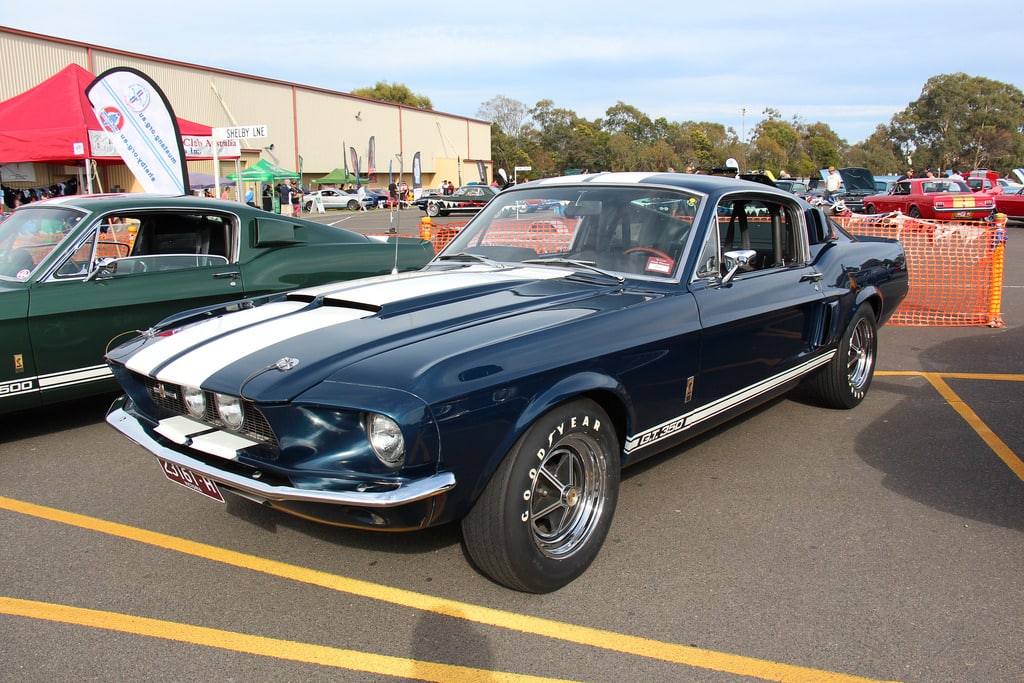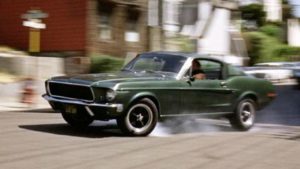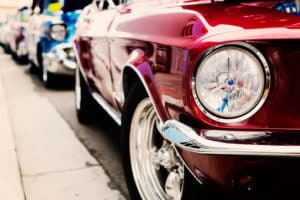Why Are Some GT350s More Popular Than Others?
The iconic GT350 is a cornerstone of the classic American muscle car, acting as a barometer of the style, performance, and outlandishness of what cars in the 1960s and 70s were all about. It’s featured in its fair share of classic Hollywood movies, including Gone in Sixty Seconds, Lock Up, Fast Lane, and of course, Bullitt. Why then, do some original GT350s sell at auction for over $1M, while others struggle to fetch $100,000? Well, the answer can be found in the history of this legendary car, and here at JD’s Auto Repair, we thought we’d explain exactly why that’s the case.
Sale trends for the Shelby GT350
The trend for 1965-70 Shelby GT350s has dipped in recent years. A reason for this could be that the increasing price due to the popularity of the vehicle has hit a point at which buyers are unwilling to part with their cash, but when we take a closer look at which vehicles are trending and which are not, it seems that there is a clear disparity between the popularity of the original Shelby GT350 and later versions. Well cared for models from 1965 regularly bring in high prices, and it seems they are particularly popular among collectors. Later versions, particularly from 1968 onwards, tend to be lowering in popularity as they struggle to fetch a good price at auction. How can this disparity be explained?
The changing Shelby GT350
Classic car collectors tend to be very particular about which version they’re buying, and this is no different for the GT350. Between 1965 and 1967, the Shelby GT350 was manufactured in the Shelby Venice California shop. It was built by hand which meant that no two Shelby GT350s were quite the same, and their engines were fine-tuned to the specific requirements of each vehicle. It was these characteristics that came to personify the Shelby GT350 that we know and love today. In 1968, production of the GT350 was brought to the Ford assembly line in Ionia, Michigan. The hand-crafted production process didn’t apply here, and the GT350 was produced alongside ordinary Mustangs. The result was a vehicle with an obsolete performance output, with the aesthetic design being the main focus of the new production process. For collectors, reviving that original sense of personalization that epitomized the original Shelby GT350 is what really matters, meaning they’re willing to pay that bit extra for the original quality build that is not found in later versions.
The GT350 will always be an American icon, no matter which version we’re talking about – but for collectors who want the thrill of driving a car in its most natural form, the 1965 Shelby GT350 must be at the top of the list. The hand-crafted production process ensured that the performance of the vehicle was always given top priority. That’s not to say that GT350s built after 1967 weren’t a great drive, but the slight difference between the two generations is having an effect on the auction market for Shelby GT350s nowadays, representing a growing appreciation for original quality and hand-crafted vehicles.




